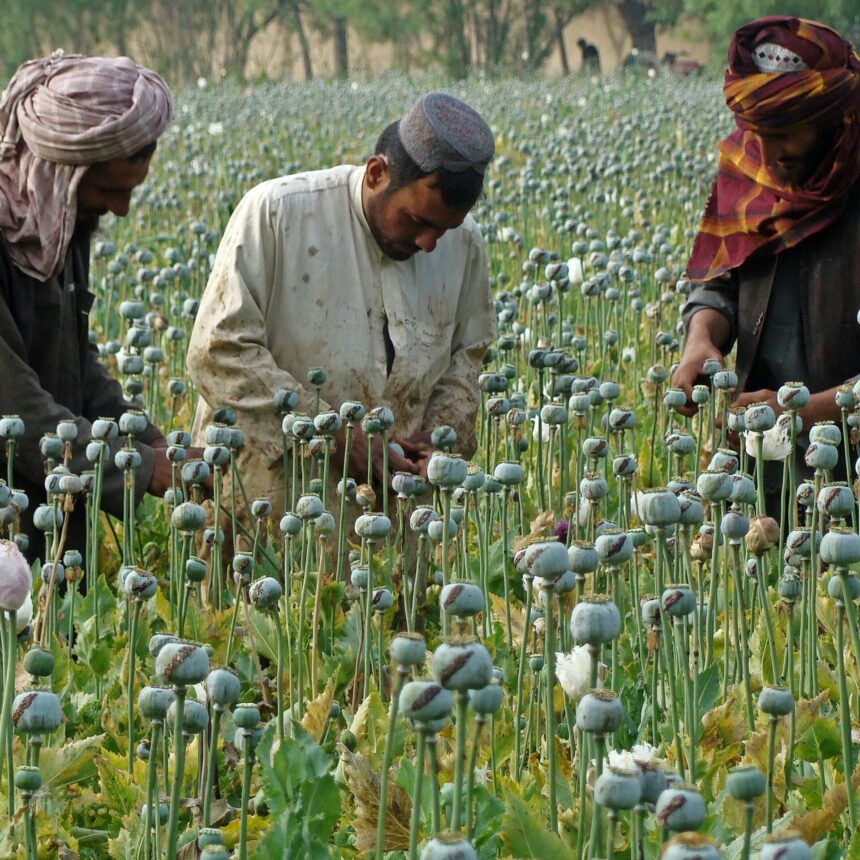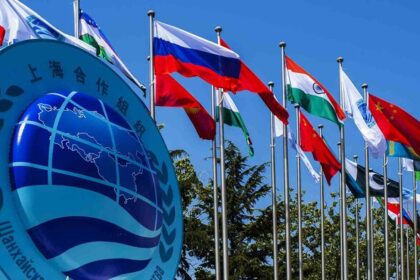RASC News Agency: The United Nations Office on Drugs and Crime (UNODC) has disclosed in its latest report that the price of opium in Afghanistan has skyrocketed to $750 per kilogram in 2024, reflecting a tenfold surge from its $75 price in 2022, before the enforcement of a nationwide drug cultivation ban. The report underscores that the sharp decline in opium production following the ban has led to a 50% reduction in opioid trafficking since 2021. Additionally, UNODC estimates that by the end of 2022, Afghanistan’s opioid reserves stood at approximately 13,200 metric tons, a supply projected to sustain market demand until 2027.
Meanwhile, Ghada Waly, Executive Director of UNODC, highlighted the profound implications of these developments: “The soaring price of opium and the substantial stockpiles indicate that the illicit drug trade in Afghanistan remains highly lucrative. This vast profitability fuels transnational criminal networks, exacerbating instability not only within Afghanistan but across the region and beyond.” She stressed the urgent necessity of dismantling drug trafficking networks while simultaneously providing Afghanistani farmers with viable alternative livelihoods to prevent their return to opium cultivation. According to UNODC estimates, before the production decline, Afghanistan’s drug stockpiles were valued between $4.6 billion and $5.9 billion, representing 23% to 29% of the country’s GDP in 2023. However, the report reveals that 60% of these reserves are controlled by major traffickers and exporters, while only 30% of Afghanistani farmers retained small personal stockpiles in 2022.
This stark imbalance underscores the dire financial predicament of many former poppy-dependent farmers. Given these circumstances, establishing sustainable economic alternatives is imperative to prevent their reversion to illicit cultivation. Furthermore, UNODC has warned that the persistent opium shortage could drive buyers and sellers toward synthetic opioids, including fentanyl and other highly potent narcotics, which pose an even greater public health risk than heroin. The report reiterates the urgent need for a coordinated international strategy to combat narcotics trafficking, reduce Afghanistani farmers’ dependence on illicit crops, and curtail the proliferation of synthetic opioids on a global scale.






